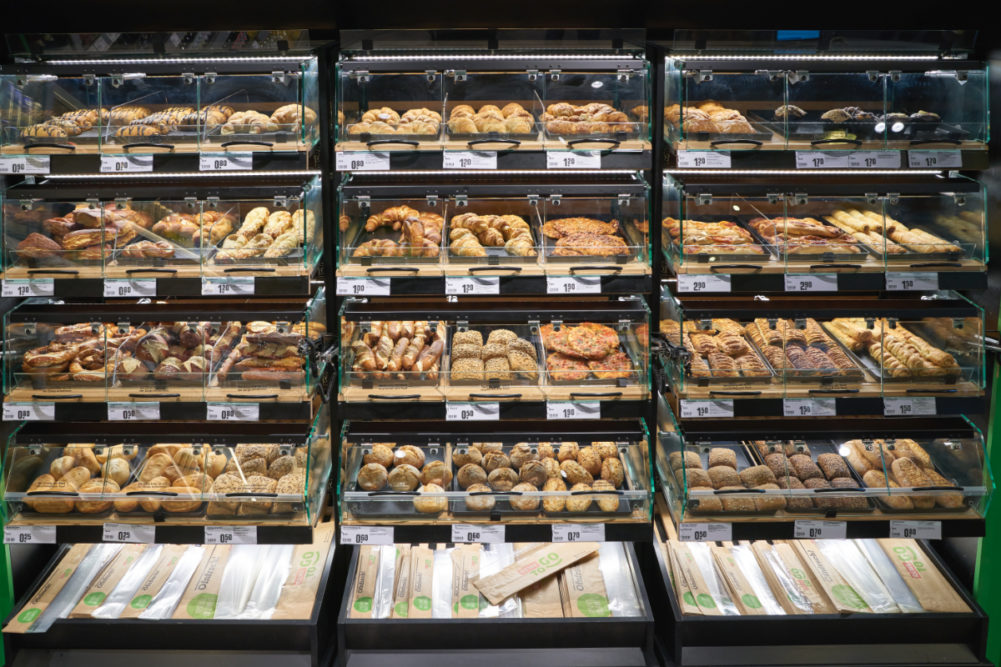 Nothing less grand than Shakespearean drama describes the wrenching shifts that have occurred in the baking industry since the start of the pandemic just over a year ago. During the virtual annual meeting of the American Bakers Association March 22-23, a review of baked foods industry trends and a look at where these are headed underscored the chaotic nature of demand swings and uncertainty over where different segments of the baking industry may land.
Nothing less grand than Shakespearean drama describes the wrenching shifts that have occurred in the baking industry since the start of the pandemic just over a year ago. During the virtual annual meeting of the American Bakers Association March 22-23, a review of baked foods industry trends and a look at where these are headed underscored the chaotic nature of demand swings and uncertainty over where different segments of the baking industry may land.
Storms, danger, disorientation, heroism and resolution are common elements in plays by Shakespeare, and many of these terms seem apt for what the pandemic has wrought globally, including across the US baking industry. While a shift from foodservice to more at-home eating and a greater reliance on e-commerce quickly emerged as dominant elements of change during COVID, the ABA presentations cast a bright light on both the depth of the market dislocations and confusing ways in which sales shifted from one segment to another. How these alterations will unwind in 2021 and beyond stands as a burning question for industry executives.
Summarizing data for the presentation, Robb MacKie, president and chief executive officer of the ABA, said total bakery sales jumped more than 5%, to $34.2 billion in 2020. Within the category, though, sales of baked foods in the center of the store rose 8% while in-store bakery sales were down 7%.
Offering dramatic figures on what transpired in the restaurant sector in 2020 was Tom Bene, president and CEO of the National Restaurant Association. He said overall US restaurant sales were a staggering quarter of a trillion dollars below expected levels — $659 billion actual versus $899 billion forecast at the start of the year. Current forecasts for 2021 are for restaurant sales of $731 billion, only a partial recovery toward pre-pandemic levels. Mr. Bene cautioned the audience that the recovery of the restaurant business would be measured in years, rather than months.
Comfort foods have gained popularity during the pandemic while restrictive diets such as gluten-free have declined. Takeout and ghost kitchens have gained ground, and Mr. Bene cited a Technomic forecast that ghost kitchen sales will sustain momentum, growing at a rate of 25% per year for the next five years. Also going forward, half of consumers said they would buy groceries from foodservice establishments, representing a possible opportunity for bakers.
Perhaps most intriguing was a description by Taneya Clark, a bakery category manager for The Giant Co., of the retailer’s in-store bakery business. Ms. Clark began by describing how Giant scrambled at the start of the pandemic to move individual products like donuts and muffins into individually packaged formats. While this product segment declined, she said in-store bakeries picked up business in sliced bread, rolls and buns when the commercial bakery aisle struggled to keep pace with demand.
“We welcomed many customers into the in-store bakery, and well after the fact that the commercial bakery aisle had regained and stabilized, many of those customers stayed within the in-store bakery department and have remained our customers,” Ms. Clark said. “We have seen a steady growth in packaged bread, rolls, bagels, as well as other items throughout the department. With that introduction into the department, we have been able to maintain those customers throughout the past year.”
The presentations laid bare extraordinary risks for bakers of branded sliced bread and other products when it comes to holding gains achieved during the pandemic. A recovery in foodservice is expected to create pressure on packaged baked bread sales, but the presentations suggest branded sliced bread sales also may experience heightened competition from in-store bakeries that have been “discovered” by consumers. The valuable presentations should remind bakers of the Shakespearean warning that “all that glitters is not gold” after a sales surge in 2020 and to prepare for a “brave new world” in 2021 and beyond.





